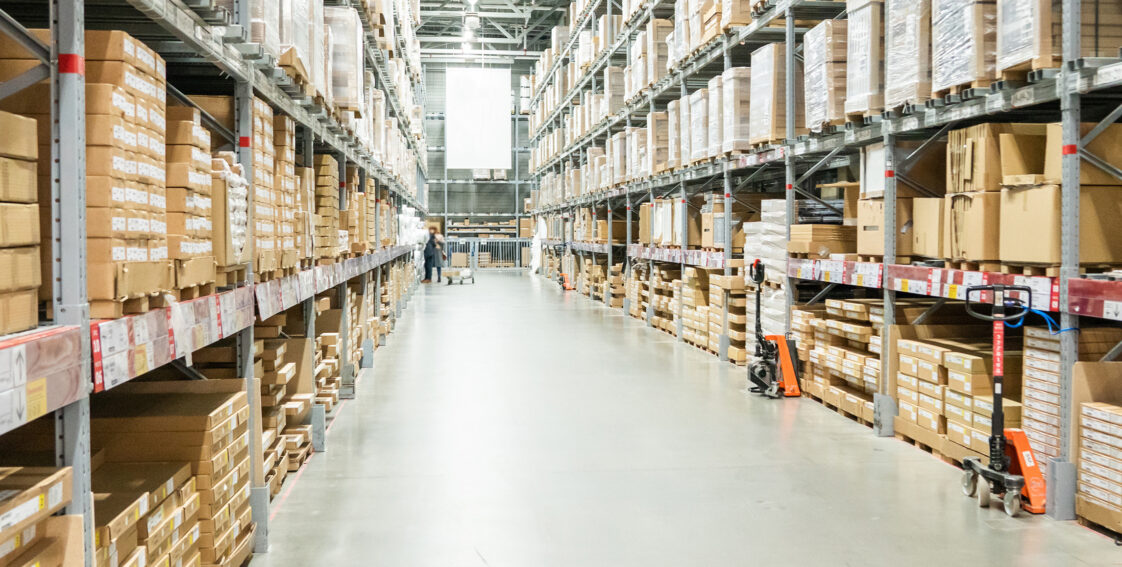
Understanding Industrial Packaging Terms
Every industry has its own set of specialized words and phrases which can be incredibly confusing to outsiders! If you’re having trouble communicating with your third-party industrial packaging company or internal packaging team, this guide is for you.
Read on to learn more about some of the most commonly used industrial packaging terms.
Blank Dummy
Sometimes referred to as a prototype, a blank dummy is a term used by industrial packaging designers to describe a proposed or preliminary version of a packaging concept. Blank dummies provide the functional aspects of a packaging design to determine if it addresses the compliance requirements of items being shipped.
Contract Packaging
When businesses outsource their packaging efforts to a third-party company, this is what’s known as “contract packaging.” Essentially, that business is creating a “contract” for packaging services with that provider.
Custom Crating
In some cases, items will need their own special crates. The design of these crates is determined by the object itself and any specifications surrounding it. Custom crating refers to the process of designing a special wooden crate. These crates are designed to protect a particular object during transport and to ensure that the company in charge of shipping and handling the product meets federal regulations.
End-Of-Line Packaging
End-of-line packaging is the last step in preparing products for shipment. Packing items in appropriate cartons, palletizing cartons, and case packing are the primary stages comprising end-of-line industrial packaging.
Hand Assembly
Manual (hand) assembly is a packaging process that does not rely on automated machinery for packaging items. Some fragile or volatile products may need hand assembly services per compliance regulations.
Industrial Packaging
Industrial packaging is the process of designing and building special packaging for various industries, including medical, aerospace, and automotive. Each industry will have its own set of regulations that must be followed to ensure proper protection of the item being shipped.
Kitting
When warehouse employees pick out multiple products that are usually associated in some way and pack them together, they are “kitting” products. The main phrase to remember here is “associated in some way.” Products being kitted must be related in some way. For example, you wouldn’t be able to kit a fragile item with a non-fragile item, and in some cases, kitting heavy objects together results in extra shipping costs.
Think of when you order products off of Amazon or other online retailers—certain objects may be shipped to you together, but other items may be shipped separately for a wide variety of reasons.
Primary Packaging
Primary packaging is the first layer of packaging that contains the product. It is the packaging that the end-user will most likely see, so aesthetics is usually a factor during design. Functionally though, primary packaging protects the product against damage throughout the assembly process and during transportation.
Repackaging
Items that have already been packaged and prepared for shipment may need to be repackaged at the request of the manufacturer or because the packaging materials were deemed non-compliant. Repackaging may also refer to modifying the way packaged items were originally stacked or palletized.
RFID (Radio Frequency Identification)
RFID, or radio frequency identification, is a type of technology that utilizes radio waves to interpret data in encoded chips and tags. In the packaging industry, RFID tags are usually assigned to packages or items and information about that item is stored in the tag itself. These tags can then be scanned at a distance or up close by a device, and that device will display information about the item (location, how many units are in a package, etc.).
Secondary Packaging
Secondary packaging encases primary packaging. It’s designed to add extra protection to the product contained within the primary packaging. Again, think about ordering a product online. When you receive the item, there will usually be a box, and in that box is the product (encased in its primary packaging). The box in this example would be the secondary packaging. Primary and secondary packaging are usually the only types of packaging seen by the end-user.
Stock-Keeping Unit (SKU)
The stock-keeping unit (SKU) is an alphanumeric code located underneath or adjacent to the bar code assigned to individual products. Retail managers rely on SKUs to help them keep track of inventory.
Tertiary Packaging
Tertiary packaging is used to protect bulk shipments during transport, and often must meet strict federal requirements. Typically, this level of packaging is seen by packaging and transportation companies, but is not usually seen by the end-user. An exception is when that end-user may be a grocery store or retailer that has purchased bulk items.
Have Questions About Industrial Packaging? Contact Export Corporation Today
Learn more about industrial packaging from Export Corporation, an ISO 9001- and ISPM 15-certified industrial packaging company. Founded over eight decades ago, we provide complete packaging solutions to aerospace, automotive, military, and commercial clients throughout North America. Whether you have questions about compliance or need help designing the right packaging, we’re here to help. Contact us today to schedule a consultation with one of our experts.
